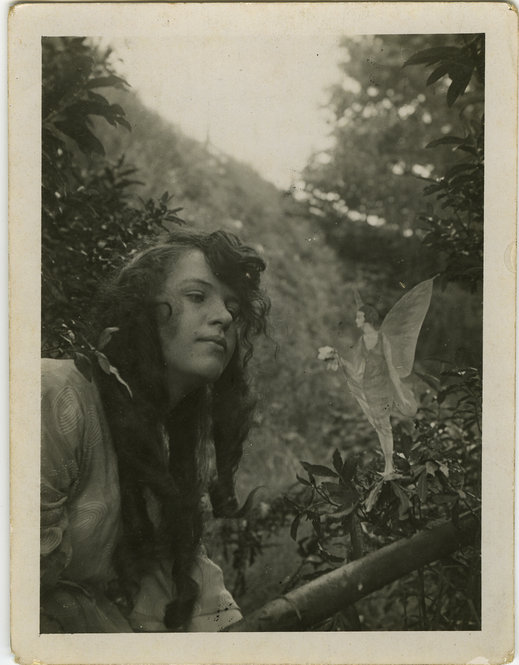The trick is to bring Houdini back. Show him to us. Let us hear him speak, watch him make his magic, feel his presence among us, let Houdini live again!
Houdini speaks to the living
Filed Under: Exhibitions + Events, Research + Teaching, Theatre + Performing Arts Tagged With: Beth Burns, Harry Houdini, Harry Houdini collection, Houdini Speaks to the Living, Hungarian, Magic, Research, Sir Arthur Conan Doyle, Spiritualism, The Hidden Room, theater, tricks, verbatim theater



![Unidentified photographer, [Harry Houdini in chains and ball weights with police], ca. 1900. Gelatin silver print, 14 x 9.5 cm.](https://sites.utexas.edu/ransomcentermagazine/files/2016/09/Houdini2-768x1115.jpg)
